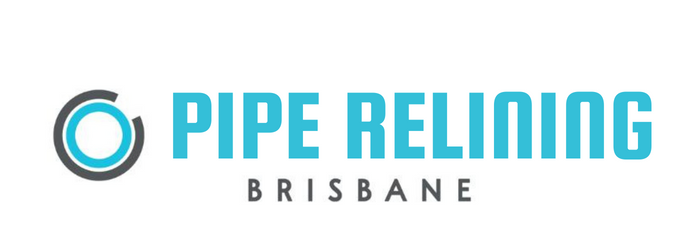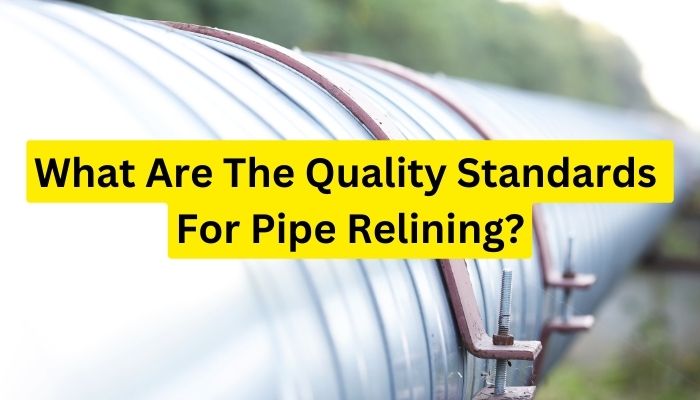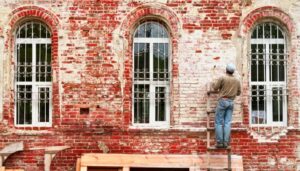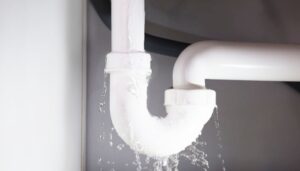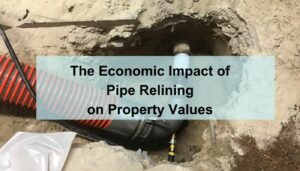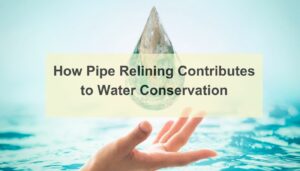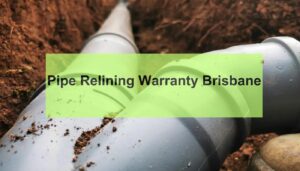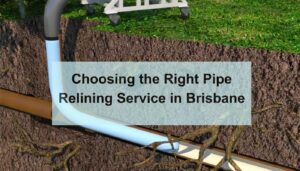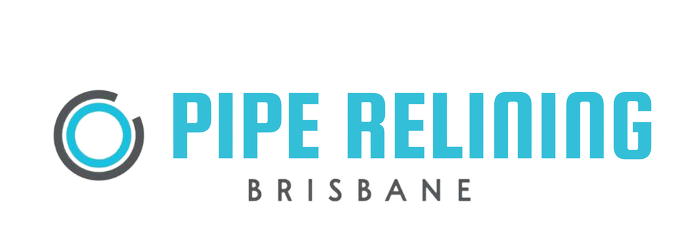In the realm of modern infrastructure maintenance, pipe relining emerges as a pivotal solution, offering a less invasive, more cost-effective alternative to traditional pipe replacement. This technique involves installing a new lining inside existing pipes to repair damage, prevent leaks, and extend the life of the plumbing system. The success of pipe relining, however, hinges on strict adherence to quality standards. These standards ensure that the relining process not only fixes immediate issues but also guarantees the long-term reliability and functionality of sewer systems and the pipes. In this part of our guide, we delve into what pipe relining entails, its significance in contemporary infrastructure, and the key quality standards that govern this essential service.
Key Quality Standards for Pipe Relining
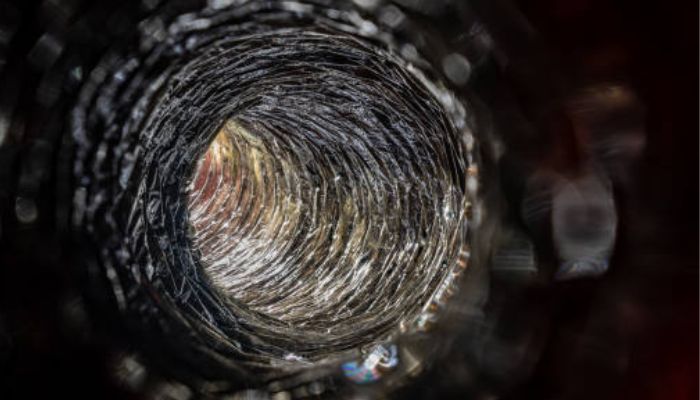
Material Quality: Durability and Compatibility: The choice of material is paramount in pipe relining. The most commonly used materials are epoxy and polyester resins, known for their durability and compatibility with various pipe materials. High-quality resins ensure the new lining bonds effectively with the existing pipe, providing resistance to chemical corrosion, temperature fluctuations, and physical wear. The longevity of the relined pipe heavily depends on the quality of these materials.
Installation Techniques
The installation of the liner is a process that demands precision and efficiency. It begins with a thorough inspection and cleaning of the existing pipe. Advanced techniques, such as robotic cutters and high-pressure jetting, are employed to prepare the pipe. The liner, impregnated with resin, is cured in place pipe and then carefully inserted and expanded to fit snugly against the pipe walls. The curing process, often using hot water, steam, or UV light, solidifies the resin, ensuring a seamless bond. This precision not only guarantees the effectiveness of the repair but also reduces the time and cost involved in the process.
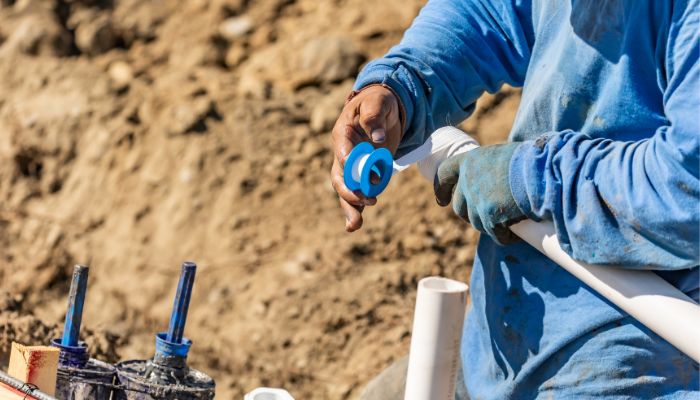
Safety Standards: Protecting Workers and the Environment: Adhering to safety standards is crucial in pipe relining. The process involves handling hazardous materials and operating in confined spaces, posing risks to workers. Compliance with safety protocols, such as proper handling of resins and ensuring adequate ventilation, is essential to safeguard the health and safety of the workforce. Additionally, environmentally friendly practices are vital. The methods and materials used in pipe relining should minimize environmental impact, preventing any contamination of soil and water sources.
Different Types of Pipe Relining Techniques
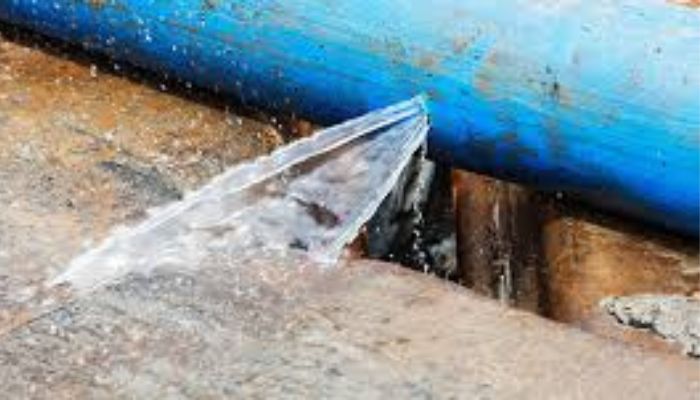
Pipe relining isn’t a one-size-fits-all solution. Various techniques, including CIPP, are tailored to different plumbing issues. From addressing all blocked pipes and drains to remedying tree root intrusion, these methods ensure minimal disruption to your property and a quicker turnaround than traditional pipe replacement.
Quicker to Complete and Long Lasting
One of the significant advantages of pipe relining over traditional methods is the speed of job completion. With no need for extensive digging, the entire process causes minimal disruption to your daily life. Moreover, the new pipe lining is resistant to corrosion, cracks, and various types of damage, making it a cost-effective, long-lasting solution.
Safety Standards
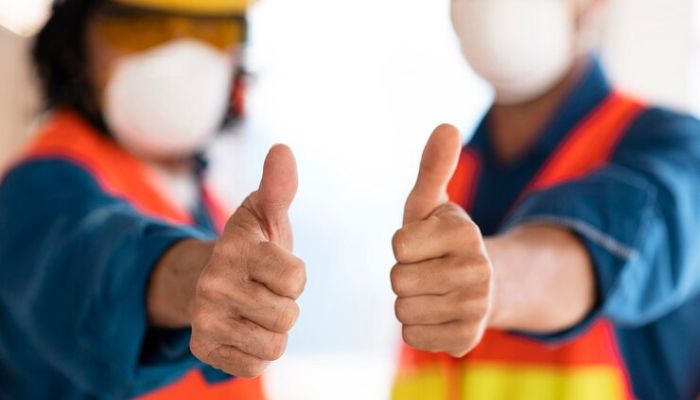
Protecting Workers and the Environment: Adhering to safety standards is crucial in pipe relining. The process involves handling hazardous materials and operating in confined spaces, posing risks to workers. Compliance with safety protocols, such as proper handling of resins and ensuring adequate ventilation, is essential to safeguard the health and safety of the workforce. Additionally, environmentally friendly practices are vital. The methods and materials used in the pipe relining process should minimize environmental impact, preventing any contamination of soil and water sources.
How does pipe relining differ from traditional pipe replacement methods?
Pipe relining and traditional pipe replacement are fundamentally different. Traditional pipe repair methods involve excavating the damaged pipe and replacing it entirely, often leading to significant disruption and higher costs. In contrast, pipe relining offers a less invasive solution by inserting a new liner into the existing pipe, thereby repairing it from within. This method is not only more cost-effective but also less time-consuming and minimizes impact on the surrounding environment.
Is pipe relining suitable for all types of pipes?
Yes, pipe relining is a versatile solution suitable for a variety of pipes, including sewer pipes, water lines, and even old pipes affected by tree root intrusion. Its flexibility allows it to cater to different sizes and bends in the plumbing system, making it an ideal choice for both residential and commercial properties.
What are the long-term benefits of choosing pipe relining over other methods?
Choosing pipe relining over traditional methods comes with several long-term benefits. It’s a long-lasting solution that reduces the risk of future leaks and blockages damaged pipes themselves. The relined pipe is often stronger and more durable than the old pipe, offering enhanced protection against common issues like corrosion and tree root intrusion.
Certification and Compliance in Pipe Relining
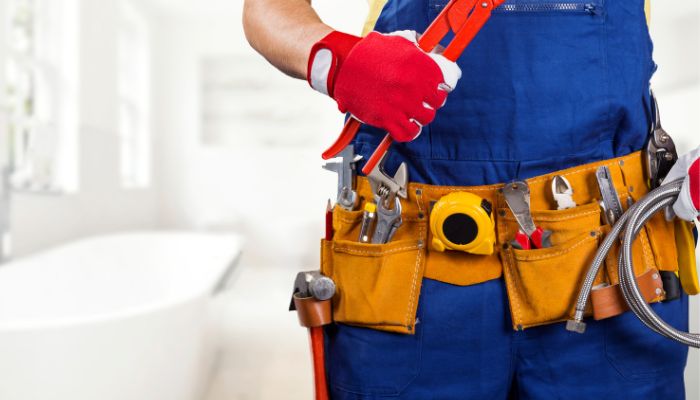
Industry Certifications and Why They Matter: Certifications like ISO standards play a critical role in maintaining quality in pipe relining. These certifications ensure that service providers adhere to internationally recognized best practices in terms of materials, installation techniques, equipment, and safety measures. They also provide a benchmark for continuous improvement, encouraging providers to stay abreast of the latest advancements in the field.
Compliance with Local and International Regulations: Compliance with local building codes and international standards is not just a legal requirement but a commitment to quality. These regulations are designed to ensure that all pipe relining work meets specific safety, environmental, and business performance criteria. Providers who comply with these regulations demonstrate their dedication to delivering services that are not only effective but also responsible and sustainable.
Choosing the Right Pipe Relining Service
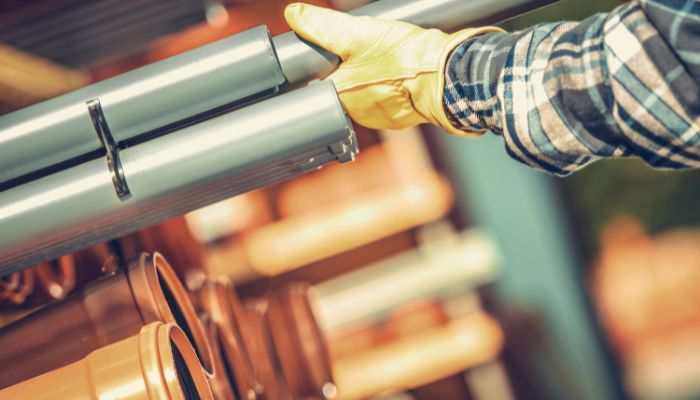
Criteria for Selecting a Pipe Relining Provider
Selecting the right service provider is crucial in ensuring the success of a pipe relining project. When choosing a provider, several criteria should be considered. Experience in the field is paramount; a provider with a proven track record in pipe relining is more likely to deliver quality results. Customer reviews and testimonials can offer insights into the provider’s reliability and customer service. Additionally, it is important to consider the warranty offered on the relining work. A provider confident in their quality of work will typically offer a substantial warranty period, providing peace of mind to the client.
The Importance of Experience and Reputation
The experience and reputation of a pipe relining provider are critical factors in ensuring quality service. Experienced providers have honed their skills over numerous projects, enabling them to handle complex relining challenges effectively. They are also more likely to have invested in advanced technologies and training, further enhancing the quality of their service. A provider’s reputation, built on a foundation of successful projects and satisfied customers, is a testament to their commitment to quality and excellence. Choosing a provider with a solid reputation ensures that the pipe relining project is in capable hands.
Conclusion: Prioritizing Quality and Innovation in Pipe Relining
The effectiveness of pipe relining hinges on strict adherence to quality standards, from the choice of materials to installation techniques. Technological advancements are continually enhancing these processes, promising greater efficiency and reliability. However, the success of pipe relining also depends significantly on the expertise of the service provider. Choosing a provider with a strong reputation and commitment to quality is crucial. As we embrace these evolving standards and innovations, we ensure the longevity and integrity of our essential pipeline systems, paving the way for more sustainable and effective infrastructure maintenance.
